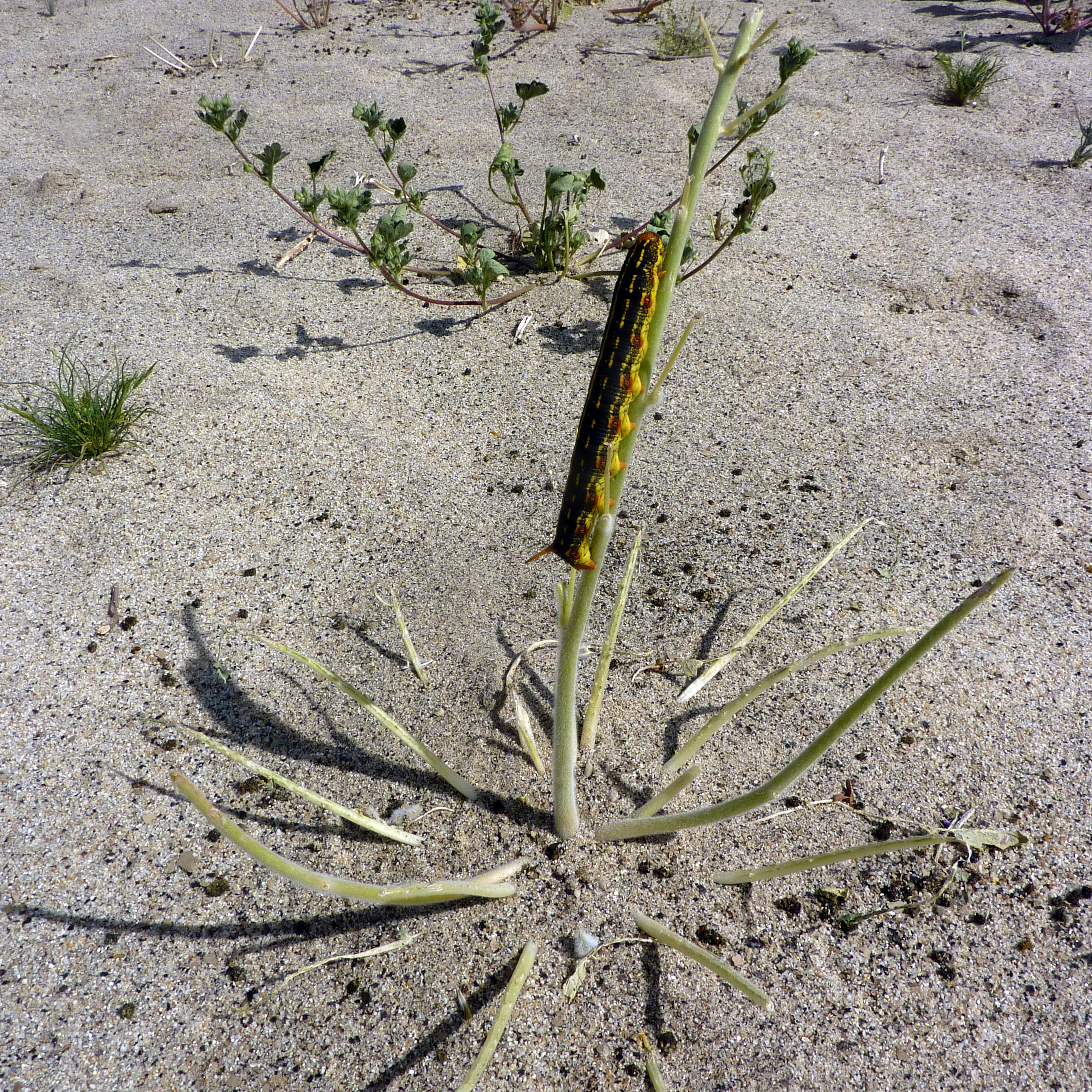Temporal dynamics of species interaction networks
Make a list of species that occur in a given place, and only a fraction of the potential interaction links between species will ever occur. Building and analyzing these interaction networks has substantially advanced our understanding of community structure, function, and stability. Because the forces that control species’ abundances and behaviors, it follows that these links–and their ecological and evolutionary consequences–may vary in space and time.
With a high-resolution dataset on the interactions between plants and pollinators, my collaborators and I have been asking questions about how interaction network properties change through time. We’ve demonstrated that temporal aggregation across whole years or many years hides underlying variation in plant-pollinator interactions. For example a “generalist” pollinator may appear to visit many flower species over the course of a year, whereas it actually engages in a series of highly specialized interactions. We’ve shown that these interaction turnovers are more often caused by pollinators shifting between available plant partner species rather than the emergence and disapperance of flowers as the growing season progresses. We’re working to understand the topological properties of these fine-scaled networks and how temporal aggregation changes our perception of community structure and function.
Project mutualists:
- Paul CaraDonna, Chicago Botanical Garden
- Judie Bronstein, University of Arizona
- Nate Sanders, University of Vermont
- Ross Brennan, University of California, Davis
Plant-herbivore interactions
I collaborate on a number of projects to understand the patterns, mechanisms, and consequences of plant-herbivore interactions. The perspectives on these questions are inherently multi-disciplinary, ranging from chemical ecology to local adaptation.
Collaborators:
- Xoaquín Moreira, Misión Biológica de Galicia (MBG-CSIC)
- Luis Abdala-Roberts, Universidad Autónoma de Yucatán
- Kailen Mooney, University of California, Irvine
